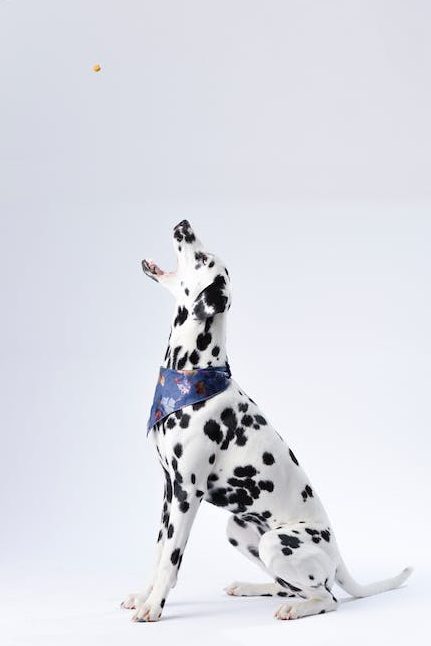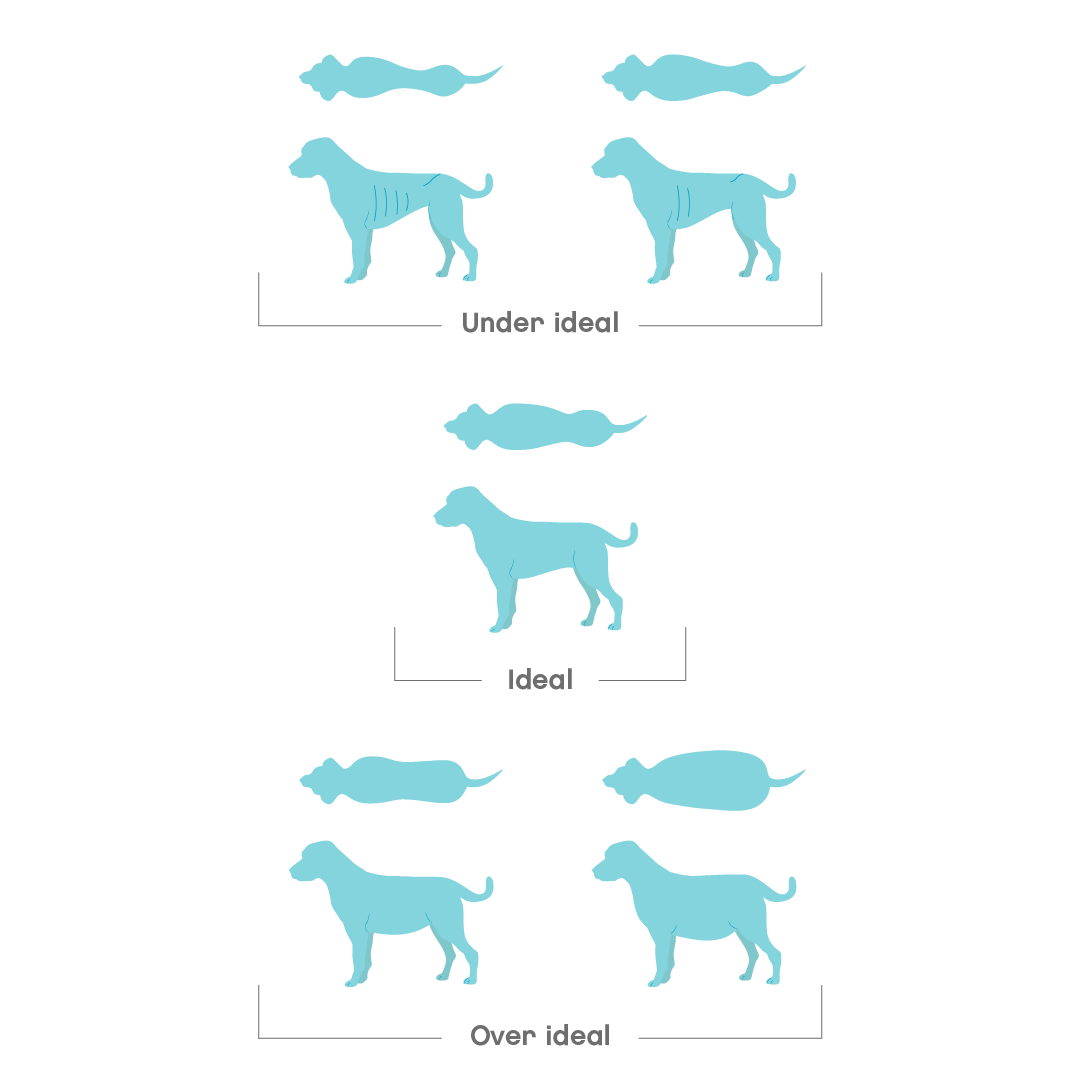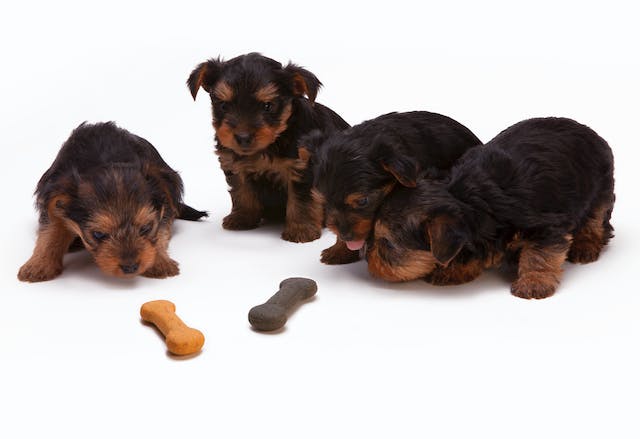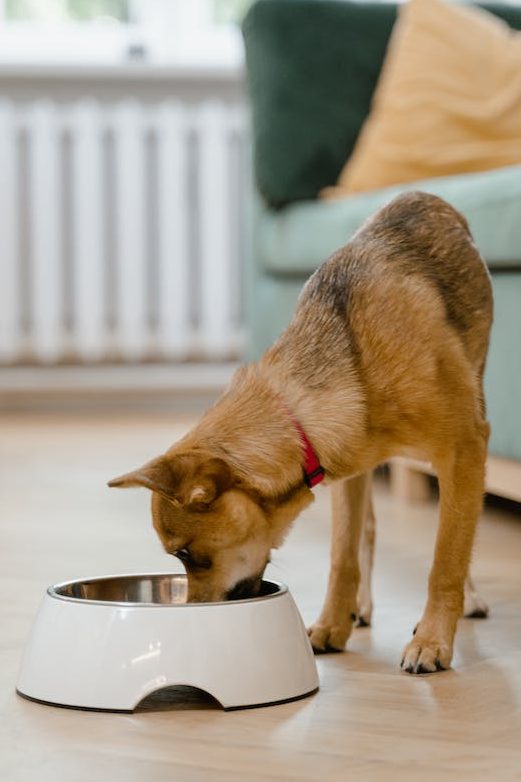How much should you feed your dog?
Choosing a suitable diet for your dog can be overwhelming for owners; there are many options available and many opinions about what is right or wrong. It’s important to be aware that no single type of diet or amount is suitable for all dogs. Every dog is unique, as are their dietary requirements.
Choosing the type of food and how much to feed your dog is important. Overfeeding can lead to obesity and health conditions related to it, such as arthritis, heart problems and many others. On the other hand, underfeeding can lead to bad vision, skin problems and a weakened immune system.
How to determine the right amount of food for your dog
How much a dog should eat depends on a few factors, such as their life stage, lifestyle, general health, weight and whether they have the ideal body condition score or not.
How much to feed a dog by weight in kg
To get a starting point, we use resting (RER) and maintenance (MER) energy requirements.
RER (kcal) = 70 x bodyweight in kg0.75
MER then includes the energy that is needed for activity and is usually around 1.4–1.8 x RER for fully grown adult dogs with average activity, who are an ideal weight.
Should you feed by calories or cups?
Guidelines on the bag or packet of food are usually measured in grams or cups. These can be helpful in figuring out how much to feed your dog. However, it’s important to continually check your dog’s body condition score. If they seem to be gaining or losing weight, then their rations need to be altered.
Working out how many calories your individual dog needs is more accurate; you may need a vet or vet nurse to help you with this. The amount can then be converted into cups or grammes to make daily measurements easier.

What factors impact how much to feed a dog?
It’s important to remember that not all dogs can be fed the same amount and type of food. There are many factors that affect how much, how often and what you should feed your dog.
The size of your dog
The size and breed of your dog affect how much food they need. Often, small dogs need more calories per kg of weight compared to larger dogs due to their metabolic rate. However, smaller dogs do tend to need to eat less than larger dogs.
The age of your dog
How much food a dog needs also depends on their age. As puppies progress to adults and then to seniors, their energy requirements continually change.
Growing puppies should not be overfed or allowed to become overweight, as this can lead to orthopaedic problems, especially in larger breed dogs (dogs that will be over 25kg when adults). A rough guide for feeding puppies is around 2-3 times their resting energy requirements.
As dogs age, their energy levels start to reduce, and this affects the amount of food they need. Their resting energy requirements are also slightly lower.
Activity levels
Dogs with increased activity levels have a higher energy requirement compared to those with a sedentary lifestyle. Most pet dogs fall under the category of average activity.
Sporting and working dogs such as sheep dogs, agility dogs and sledge dogs have increased energy requirements from 2-4 times maintenance, depending on the level of activity.
Current weight
Current weight and body condition score influence how much and what a dog should be fed. BCS is a scale used to measure if a dog is underweight, ideal weight or overweight.
Body Condition Scoring (BCS) in dogs
Body Condition Score (BCS) is a scale that gives a practical evaluation of the fat coverage of your dogs body. By checking how easy or not it is to feel certain bony areas of the body, a score is then produced. There are several scales, from 1 to 5 or 1 to 9. The ideal body condition lies in the middle, so either 3/5 or 5/9.
The body areas normally checked for fat coverage are:
1. ribs and spine
2. hips and shoulders
3. waist

Here are a few tips on how to do it.
With your pet in a standing position:
- Place your hands on the rib cage and gently feel for each rib, without pressing too hard
- Feel the waist and look from the top and the side (if you have a very furry breed, it may be harder to assess)
- Feel the spine, which runs down the middle of the back
- Feel the top of the hips and shoulders
There’s a common misconception that overweight dogs should be fed less. This is not always the case. There are foods, such as Hills Prescription Diet r/d or metabolic, that have been designed to help dogs lose weight while still feeling full.
Dogs aged between 6 and 9 years old have the highest risk of obesity in the UK.
Reproductive status
There’s a common myth that neutering causes dogs to become overweight and lazy. This isn’t true, but what is true is that neutered dogs have a lower energy requirement – by up to 30% compared to unneutered dogs.
Pregnant and lactating dogs have a much higher energy requirement. It’s advised to increase the total food allowance by around 10% a week from the 6th week of pregnancy onward. For lactation, energy requirements increase to up to three times maintenance.
How much raw food should you feed your dog?
When choosing food for your dog, it’s important to check that the food meets the FEDIAF guidelines and is developed by an experienced pet food formulator (an MS or PhD in Animal Nutrition). If you choose to feed your dog raw food, make sure to use a reputable company.
How much raw food to feed your dog depends on the same factors as any other dog food.
How often should you feed your dog?
Feeding times and frequency for dogs can depend on a few factors, such as your family schedule, your dog’s age, and your dog’s preference. Again, no one size fits all, and it may take some trial and error to find the perfect balance for both you and your dog.

Answers to frequently asked questions about feeding dogs
Lisa’s answers to those important questions:
How often should you feed your puppy?
Puppies can be fed 3-4 times daily up to 6 months of age. This can also be dependent on your puppy’s individual preference.
How often should you feed your adult dog?
Twice daily is adequate – however, some dogs prefer once daily. It depends on preference. Smaller dogs may prefer to eat smaller, more frequent meals.
How often should you feed your senior dog?
Twice a day is usually fine; however, senior dogs can have different requirements so it’s important to do what’s right for them, they may need feeding more often.
How often should you feed an active dog?
Historically, working and more active dogs have been fed once daily, allowing them to eat and relax after heavy exercise. However, this may not suit all dogs, so twice a day is fine or splitting the meals into smaller, more frequent ones. The main thing to remember is to feed after heavy activity, not before.
Should treats be factored into how much you feed your dog?
Treats should always make up part of your dog’s daily calorie allowance to ensure your dog does not become overweight.
Do dogs eat less in summer?
Dogs, just like us, may eat less during hot weather.

We’ve explored the recommendations of portion sizes, feeding frequency, and the impact of life stages. Remember, the key lies in observation, adaptation, and a willingness to evolve alongside your dog’s changing needs.
Our Joii team are available 24 hours a day, 365 days a year. If you have any questions or need help with your dog’s weight, feeding amounts, or choosing a diet, download the app and speak to a professional now.











